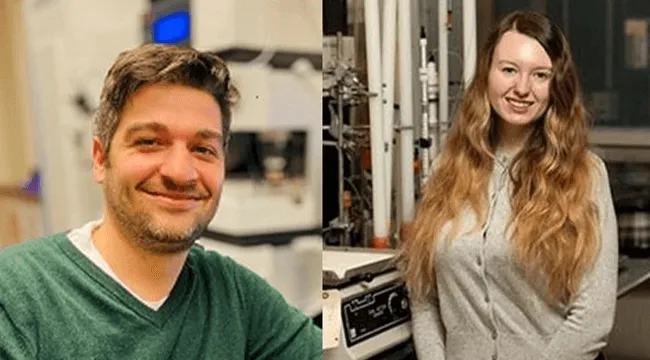Building on previous research, recent work by John Salogiannis, Ph.D., assistant professor of molecular physiology and biophysics, and Allison Langley, a cellular, molecular, and biomedical sciences graduate student working in Salogiannis’s lab, finds that the endoplasmic reticulum (ER)—the largest organelle (specialized subunit) in a cell, the ER uses tiny molecular motors to change its shape in response to cellular stress—can move by a novel mechanism known as “hitchhiking.”
ER movement via hitchhiking occurs when ER tubules associate with motile Golgi-derived vesicles marked by Rab6 proteins (small GTP-binding proteins that play a crucial role in regulating protein transport within the cell). The authors show that this mechanism of ER movement contributes significantly to overall ER movement, which is critical for maintaining cellular homeostasis.
The study, Movement of the endoplasmic reticulum is driven by multiple classes of vesicles marked by Rab-GTPases, was published in Molecular Biology of the Cell.
This article was adapted from a story by Katelyn Queen, Ph.D., Deputy Associate Director for Cancer Research Training and Education Coordination, UVM Cancer Center.
Read more about this research at the UVM Cancer Center
Research like this has contributed to the University of Vermont’s designation by the Carnegie Classification of Institutions of Higher Education as an R1 institution, placing it in the top tier of research universities in the U.S.

